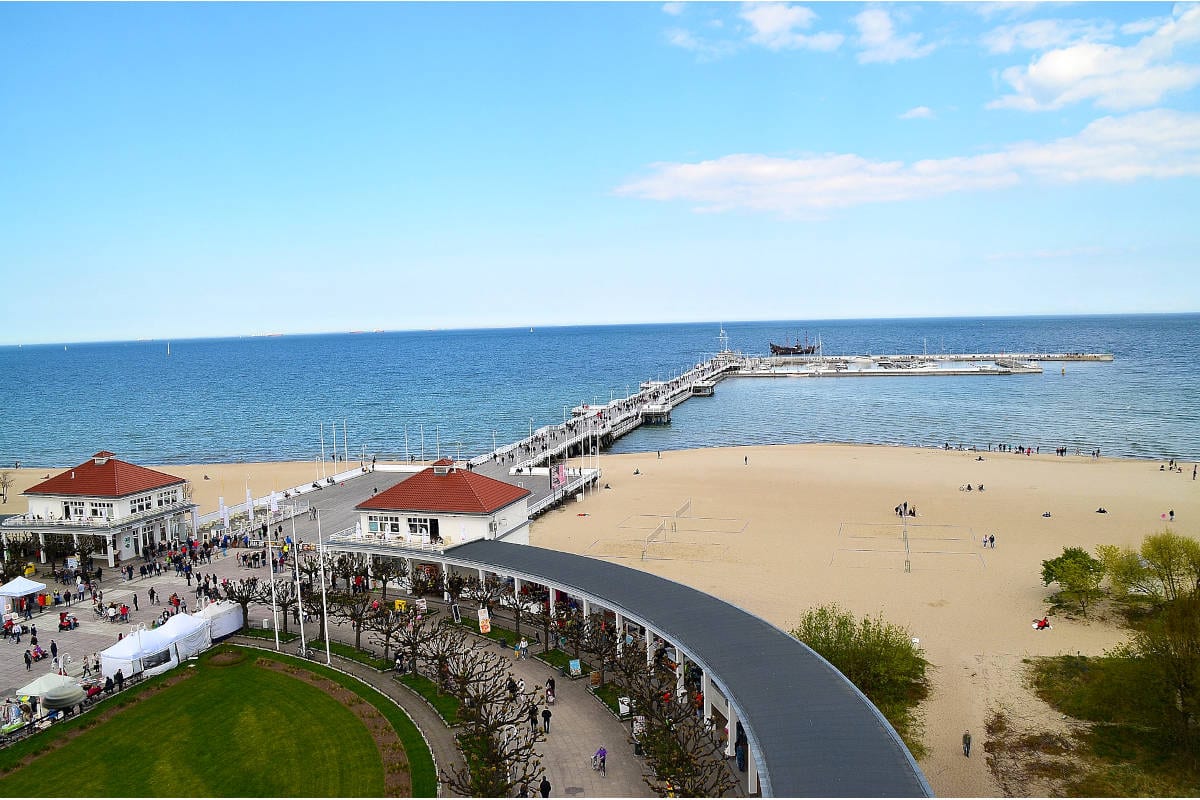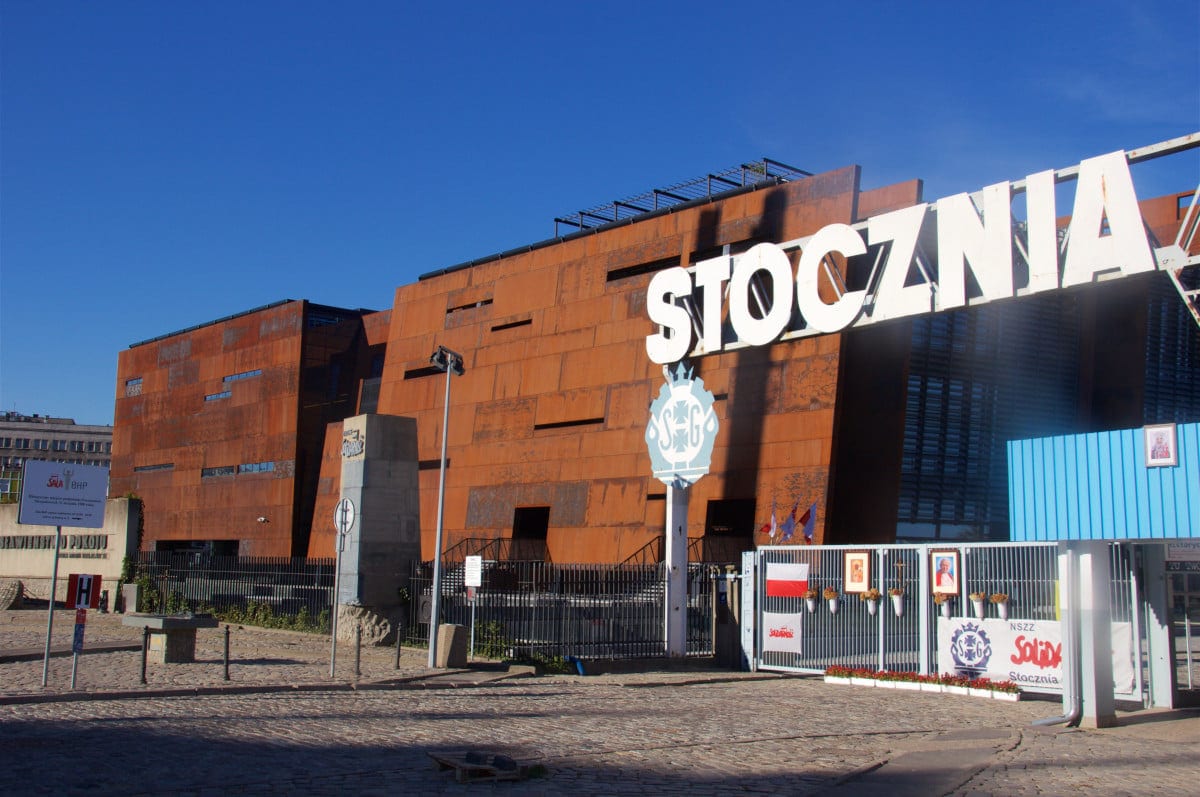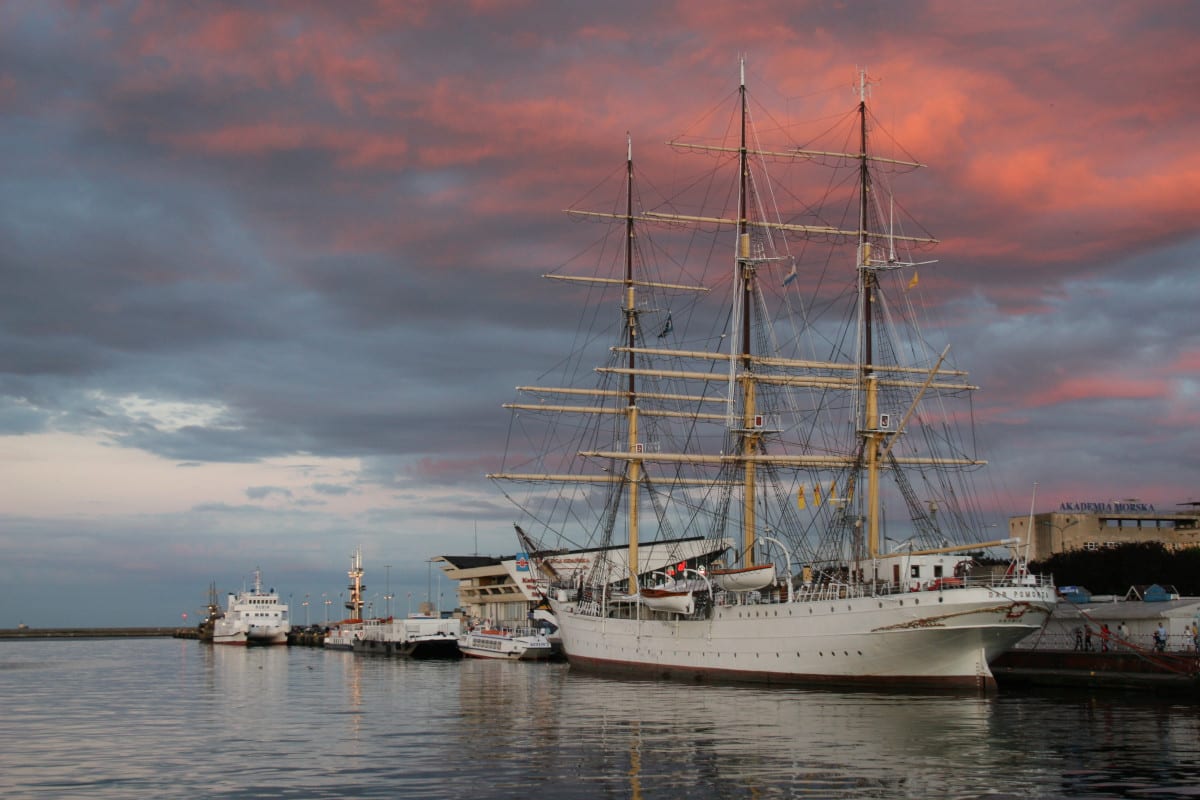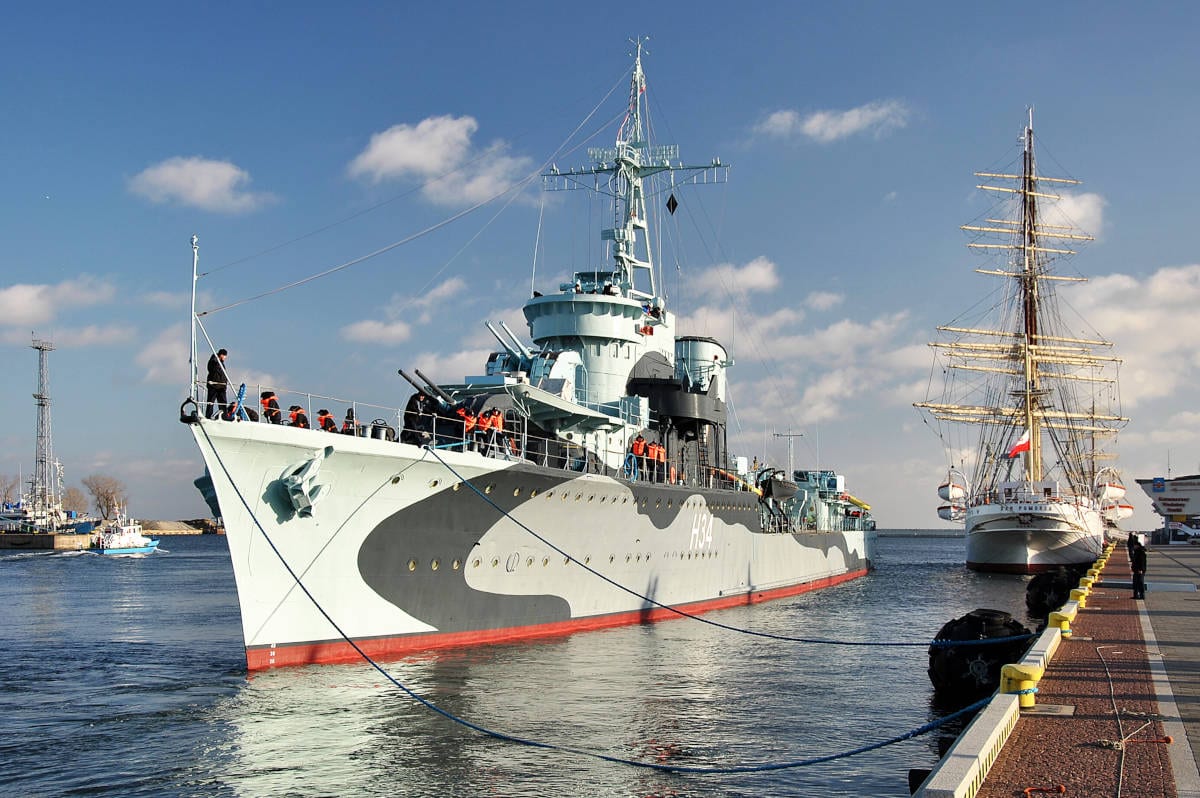Top 10 things to do in Tri-City
What to see, what to do
Things to do – updated 17 January 2023.
There’s a lot to see and do in the city. Here’s our list of the Top 10 things to do in Tri-City. Click on the links for further information or to book a tour.
1. Museum of WWII
The Museum of the Second World War is housed in a striking piece of modern architecture decorating the northern end of Gdańsk’s waterfront and is one of Gdańsk’s top tourist attractions. As the name suggests, the museum is dedicated to World War II, in particular how the conflict changed the lives of millions of Poles and focussing on the human suffering it caused. The museum is divided into different sections and includes exhibits of Nazi propaganda posters, a haunting Holocaust section, a Sherman tank, street mock-ups, uniforms, weapons, maps, films and much more. You’ll need a minimum of three hours to do the exhibits justice and note that the museum is not suitable for children of any age. There’s a 200-visitor limit to avoid queues so purchase your ticket in advance online.
Image: European Solidarity Centre
2. European Solidarity Centre
The European Solidarity Centre is a museum and library devoted to the history of Solidarity, the Polish trade union and civil resistance movement, and other opposition movements of Communist Eastern Europe. The museum opened on 31 August 2014, on the anniversary of the signing of the Gdańsk Agreement, the 1980 victory for striking shipyard workers which led to Solidarity’s foundation. The museum is housed in an award-winning piece of 21st century architecture designed to look like ships under construction, it is not to everyone’s taste. The exhibits examine Poland’s post-war fight for freedom and include real artefacts in addition to multimedia.
3. St Mary’s Church
St. Mary’s Church is a Brick Gothic Roman Catholic church located in the heart of Gdańsk’s Old Town. It is one of the biggest brick churches in the world, with a 78m high tower dominating the Gdańsk cityscape. There’s plenty to see including the high altar with its Gothic polyptych, the 15th century astronomical clock, the church tower with 405 steps, 300 grave slabs and many outstanding works of art.

Image: Sopot Pier
4. Sopot Pier
Sopot Pier was developed as a pleasure pier and as a mooring point for cruise boats. It is the longest wooden pier in Europe at 515m and stretches out into the Bay of Gdańsk from the middle of Sopot beach. The pier houses various attractions along its length.
5. Crooked House
Krzywy Domek (Polish for “crooked house”) is an unusually shaped building in Sopot and is part of the Rezydent shopping centre. The warped and crooked structure was inspired by fairy tale illustrations and can be entered from either Monte Cassino or Morska Streets. Inside, you’ll find some worthwhile bars and restaurants.
6. Długi Targ
Długi Targ in Gdańsk, is one of the most notable tourist attractions of the city, situated between the end of Ulica Długa and the Brama Zielona. Historically, it was once the main city market, nowadays, visitors come to admire the architecture, the Neptune Fountain, the 1618 Golden House and the Green Gate built in the 1560s.
Image: Dar Pomorza
7. Dar Pomorza
The Dar Pomorza is a Polish full-rigged sailing ship built in 1909 which is preserved in Gdynia as a museum ship. She has served as a sail training ship in Germany, France, and Poland. Dar Pomorza won the Cutty Sark Trophy in 1980. You can find her on the waterfront next to ORP Błyskawica. Visitors can go aboard to see the ship’s inner workings and read about its story on information panels.
Image: ORP Błyskawica
8. ORP Błyskawica
ORP Błyskawica (Lightning) is a Grom-class destroyer which served in the Polish Navy during World War II. It is the only Polish Navy ship to have been decorated with the Virtuti Militari, Poland’s highest military order for gallantry, and in 2012 was given the Pro Memoria Medal. Błyskawica is preserved as a museum ship in Gdynia and is the oldest preserved destroyer in the world. Błyskawica is moored next to the Dar Pomorza.
9. National Maritime Museum
The National Maritime Museum in Gdańsk is dedicated to gathering, researching and preserving artifacts and documents concerning ship transport, international trade, fishing and culture of people working at sea, and has a sprawling exhibition covering Gdańsk’s role as a Baltic seaport through the centuries. At the Maritime Cultural Centre, you can see a permanent exhibition called ‘People-Ships-Ports’. Other exhibitions include the MS Sołdek, the first vessel to be built at the Gdańsk shipyard, and the Żuraw, a 15th-century loading crane that was the biggest in its day. Further displays can be found at the granaries.
10. Ulica Mariacka
Gdańsk’s most photogenic street complete with cobblestones stretching from the waterfront at St Mary’s Gate to St Mary’s Church was totally re-created after WWII in stunning detail. You’ll find a complete row of terraces, several artisan amber jewellery shops, cafes & bars.
FAQ
- What is the Tri-City in Poland?
- The Tri-City is a metropolitan area in Poland, consisting of the three cities of Gdańsk, Gdynia, and Sopot. These three cities are located on the coast of the Baltic Sea and are known for their rich history, culture, and architecture.
- What are some popular tourist attractions in the Tri-City?
- The Old Town of Gdańsk, and the home of the famous Amber Museum.
- The Gdynia Marina and the Sopot Pier.
- The European Solidarity Center, which is dedicated to the history of the Solidarity movement and the fall of communism in Poland.
- What is the best time to visit the Tri-City?
- The best time to visit the Tri-City is during the summer months (June-August) when the weather is warm and pleasant.
- What is the currency used in the Tri-City?
- The currency used in Poland is the Polish złoty (PLN).
- What is the language spoken in the Tri-City?
- The official language spoken in the Tri-City and in Poland is Polish.
- Are there any good places to eat in the Tri-City?
- The Tri-City offers a wide range of restaurants and cafes, offering everything from traditional Polish cuisine to international dishes. Some popular restaurants include “Kuchnia Staropolska” in Gdańsk, “Restauracja Pomorska” in Gdynia, and “Karczma Polska” in Sopot.
- Are there any good accommodation options in the Tri-City?
- There are many accommodation options in the Tri-City, including hotels, hostels, and apartments.
- Are there any transportation options between the Tri-City?
- The Tri-City is well connected by public transportation, including buses, trams, and trains. There is also a fast train connection between Gdansk and Sopot, called “SKM” which connect cities in 10-15 min.


